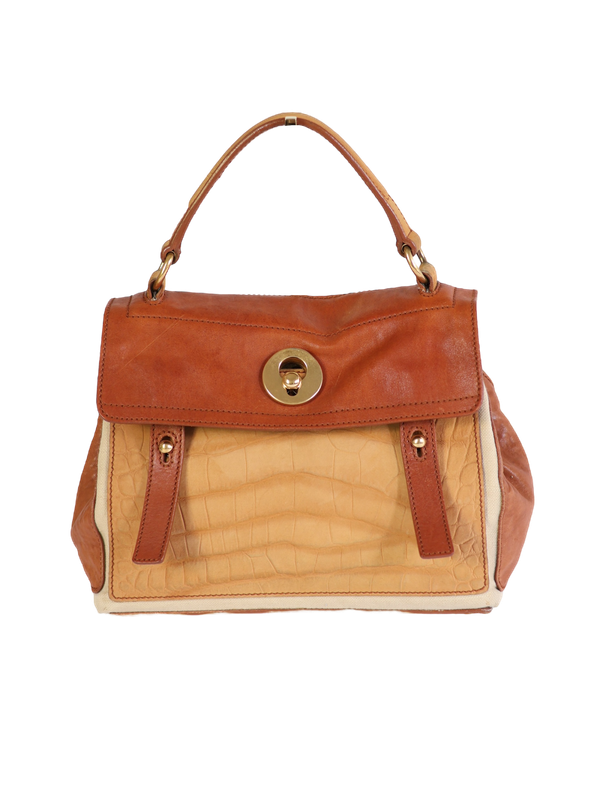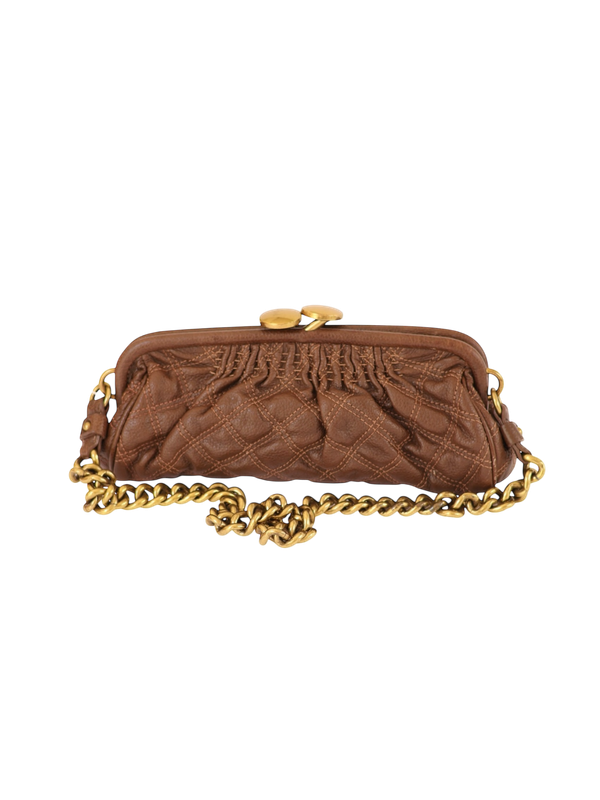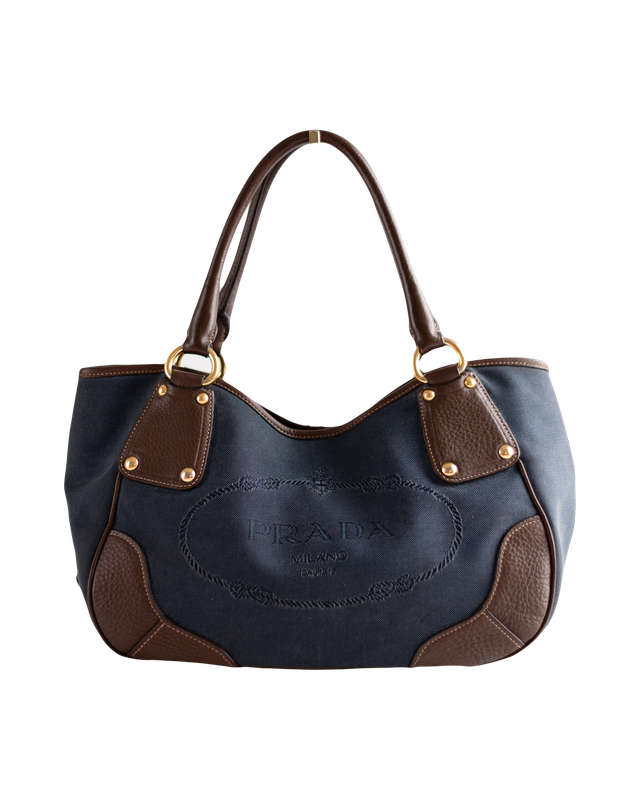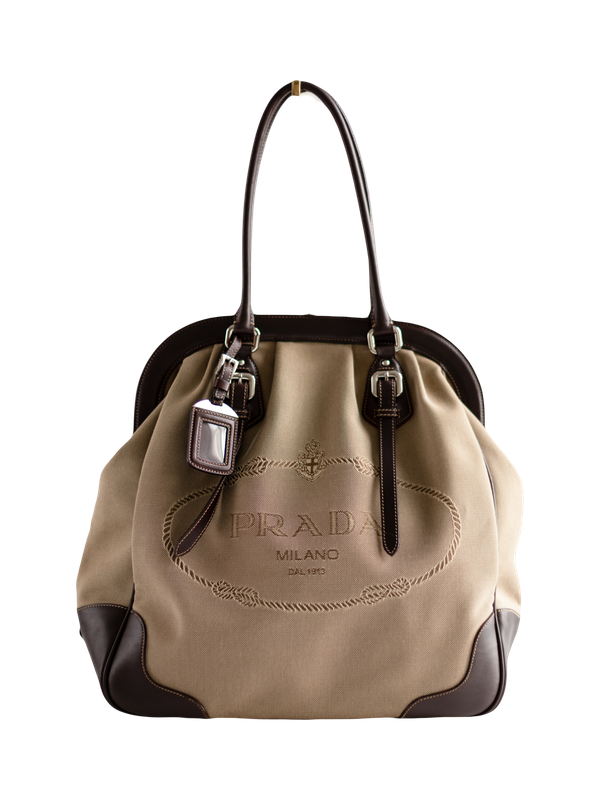2000s Bags Are Back — But the Smartest Style Moves Happen Before Everyone Notices
Paris, 2005. Milan, 2007. New York, 2025. The bags that once defined the golden era of it-girls are returning with quiet confidence. Paddington, Stam, Muse Two — designs that shaped fashion history — are back not as nostalgic statements, but as sharp, modern choices. While the mainstream is still distracted by obvious logos and algorithm-driven trends, those who really understand fashion are already circling vintage originals.
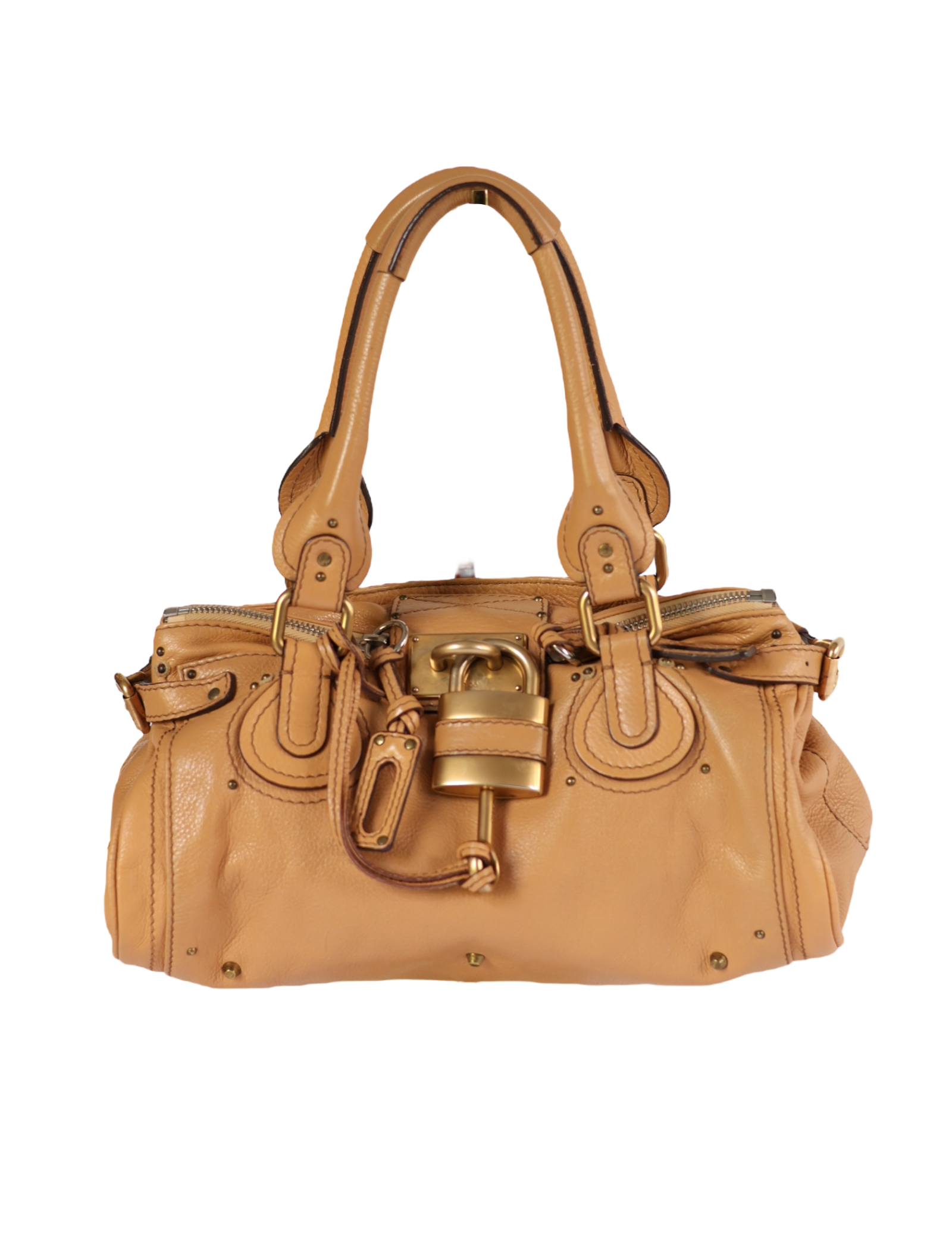 |
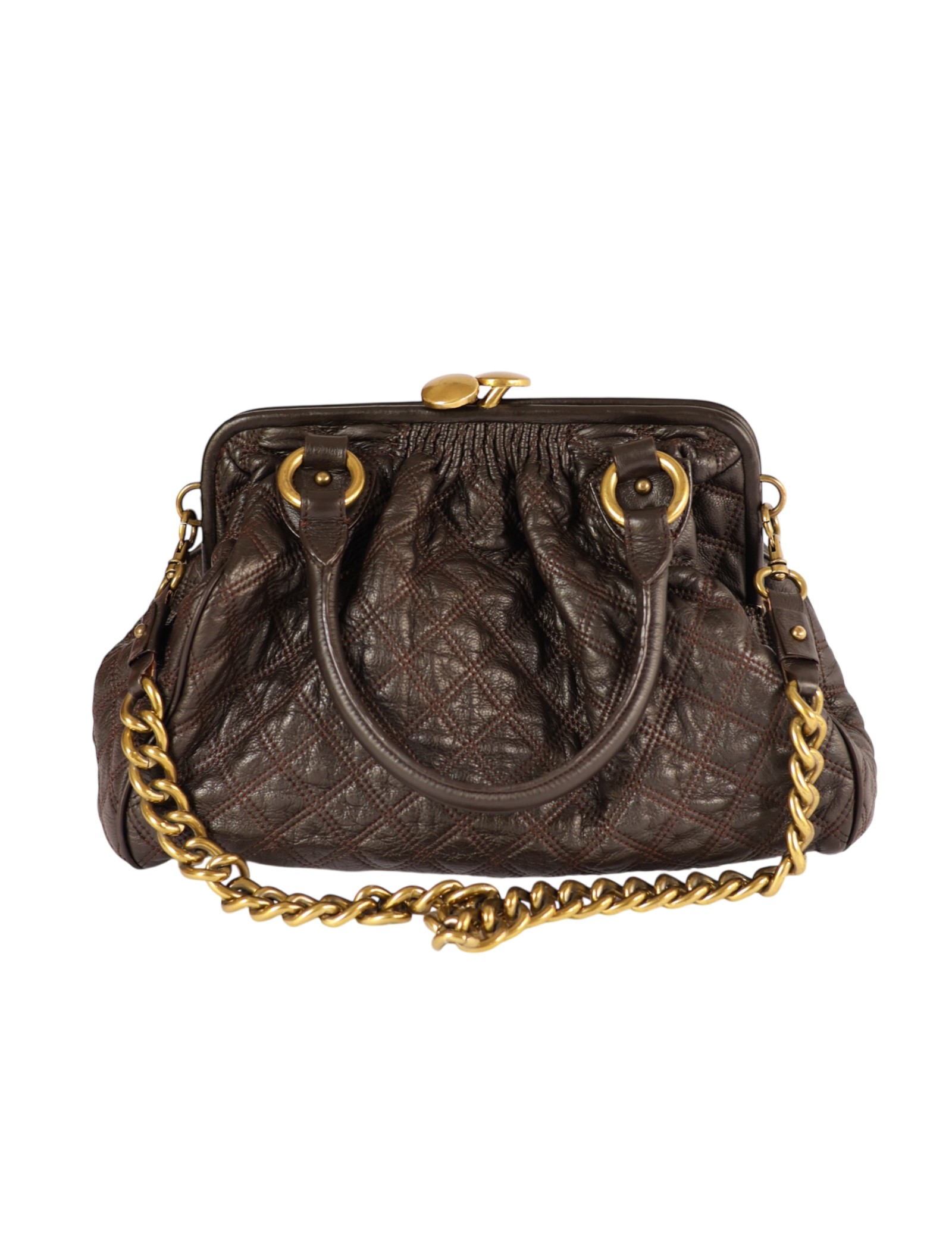 |
 |
Fashion's current obsession with 2000s codes is not a coincidence. The comeback of these bags is rooted in a broader cultural shift. Y2K nostalgia has been trending for a few years now, driven first by Gen Z, who reimagined the 2000s aesthetic through a playful, ironic lens: low-rise jeans, velour, baguette bags, butterfly clips. But the second wave of this revival is more refined. With series like And Just Like That, The Row, and Succession reintroducing tailored silhouettes and character-driven wardrobes, fashion is shifting toward thoughtful glamour. We're seeing the rise of aesthetics like "office siren," which mixes early 2000s sensuality with corporate polish, and a renewed love for accessories that carry personality without screaming for attention. In this climate, bags like the Paddington, the Muse Two, and the Stam feel not only appropriate but prescient.
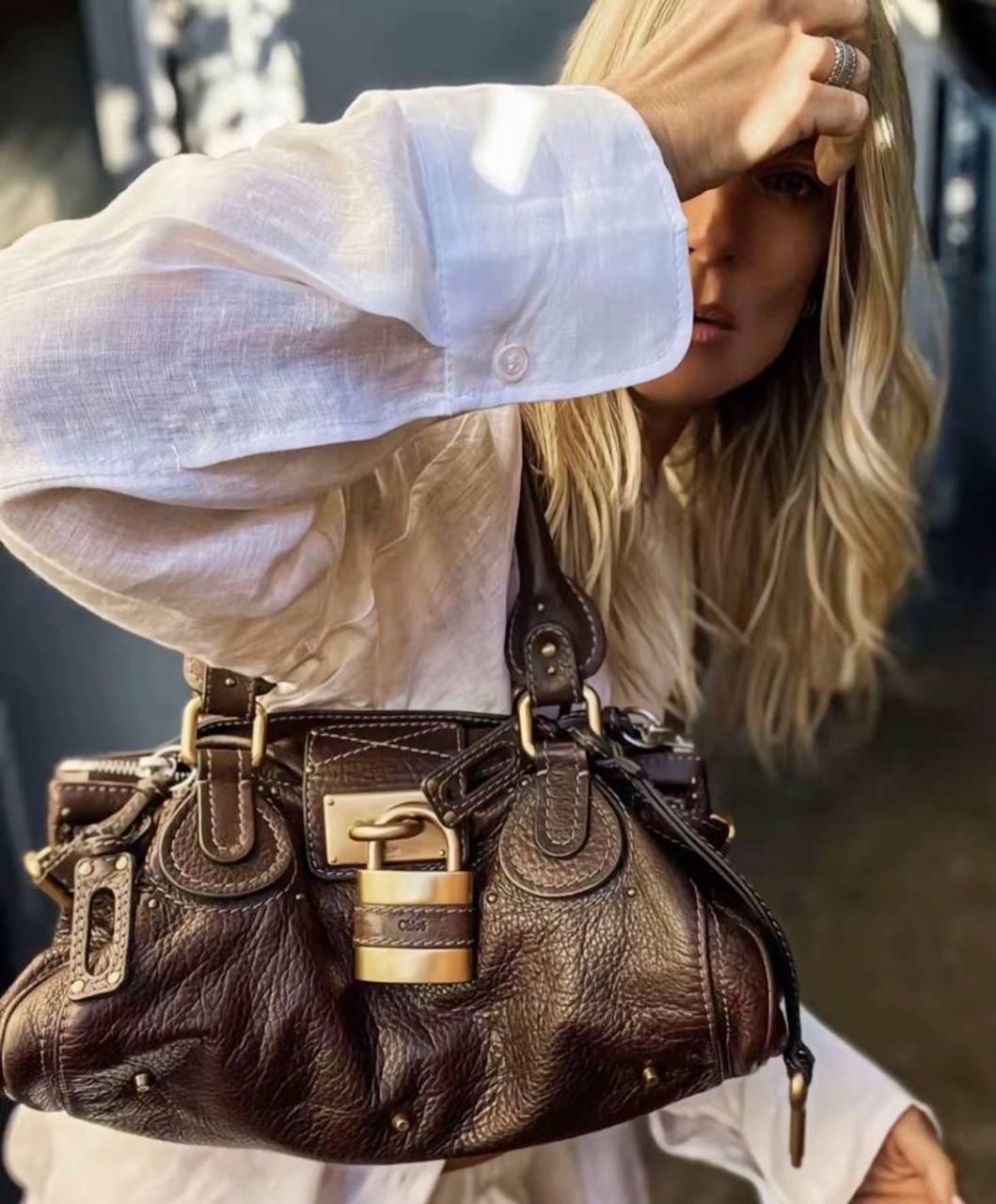 |
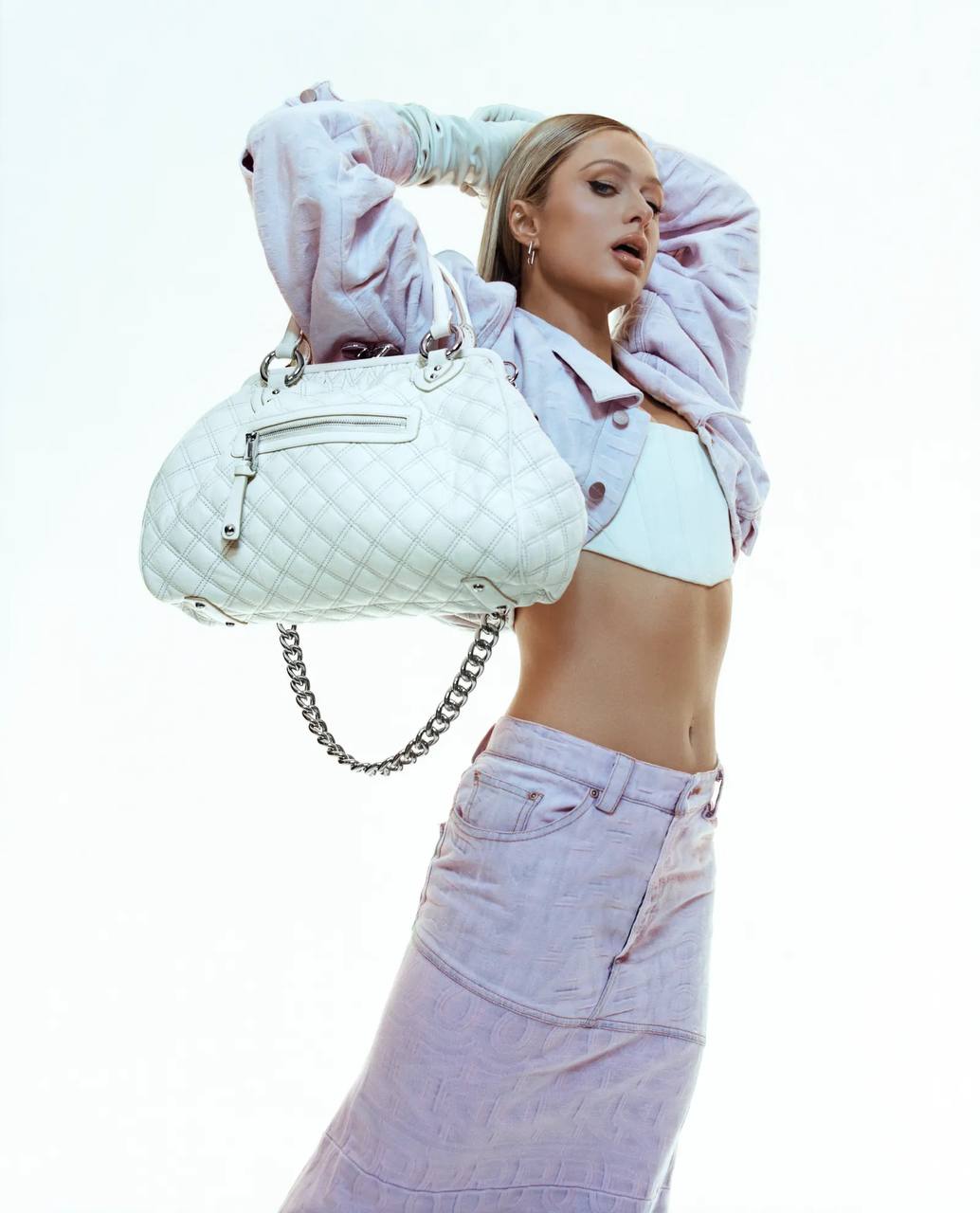 |
 |
Chloé Paddington: The Lock That Launched a Thousand Waitlists
Released in 2005 under the creative direction of Phoebe Philo, the Paddington was Chloé's breakout it-bag. With its oversized padlock, slouchy silhouette, and unapologetically heavy hardware, the bag captured the effortless allure of French-girl style. It was embraced by stars like Mischa Barton, Kate Bosworth, and Paris Hilton, and at the time, demand outpaced supply so dramatically that waitlists became the norm. In 2025, the Paddington's charm lies in its contrast to the minimalism that dominated the last decade. It feels warm, expressive, and refreshingly imperfect. While Chloé has announced a modern re-edition of the bag, it's only available on pre-order, making vintage originals all the more appealing.
Marc Jacobs Stam: A Soft Icon with Sharp Intentions
Debuted in Fall 2005 and named after Canadian supermodel Jessica Stam, this bag became an instant classic. Its oversized kiss-lock closure, quilted leather, and heavy chain gave it a bold silhouette that stood out in a sea of sameness. From the Olsen twins to Lindsay Lohan, every fashion-forward celebrity of the era was seen with a Stam in hand. It represented a new kind of luxury: playful, exaggerated, and instantly recognisable. Marc Jacobs himself reissued the Stam in 2023, acknowledging its cult status, but for true collectors, the original carries a distinct weight and patina that no modern version can replicate.
YSL Muse Two: Quiet Power, Long Before "Quiet Luxury"
Launched around 2008 under Stefano Pilati, the Muse Two was YSL's answer to the growing demand for understated elegance. With a structured silhouette, mixed textures, and minimal branding, it offered a kind of whispered confidence that resonated with women who didn’t need to prove anything. Worn by Naomi Watts, Jennifer Garner, and Kate Moss, the Muse Two quickly became a favourite for those who preferred subtlety over spectacle. Today, as fashion embraces nuance again, the Muse Two fits seamlessly into contemporary wardrobes. It speaks the language of quiet luxury before the term became a marketing cliché.
Why Now Matters
The second life of these bags is unfolding right now. They are no longer relics of the past or niche collector items; they are relevant again, and their visibility is growing daily. Vintage shops and platforms are beginning to reflect this renewed interest, and with each editorial, runway nod, or celebrity spotting, the prices rise.
There is a small window when taste moves faster than demand. That window is open now. These bags are still out there, still affordable, still quietly brilliant. But the moment the mainstream catches up — the moment the trend hits TikTok, or a celebrity goes viral with a Paddington under her arm — that window closes.
Buying one of these bags now isn't just about having a beautiful accessory. It's about understanding where fashion is going before it gets there. It's about knowing that style always comes back around — and being smart enough to catch it on the way up.

